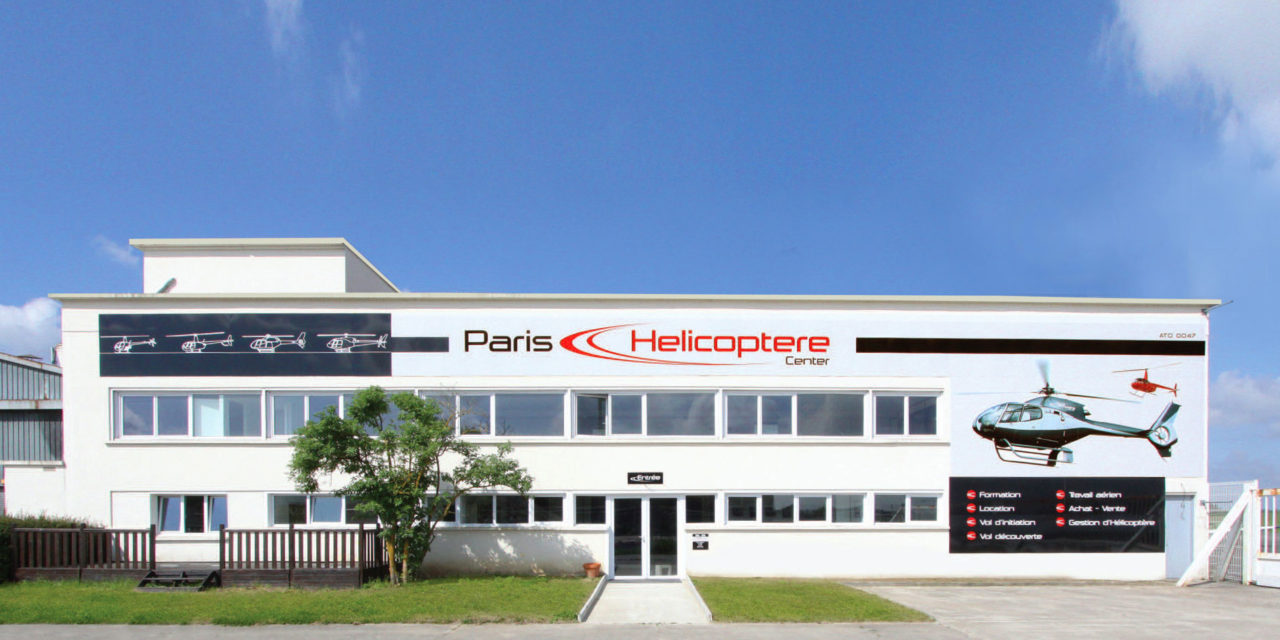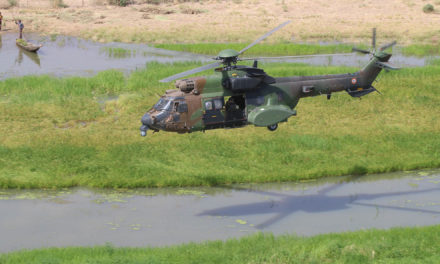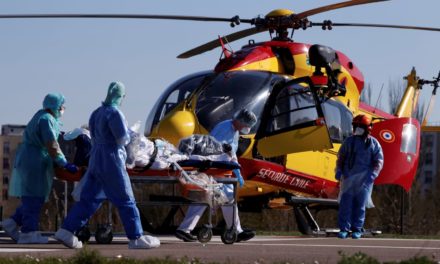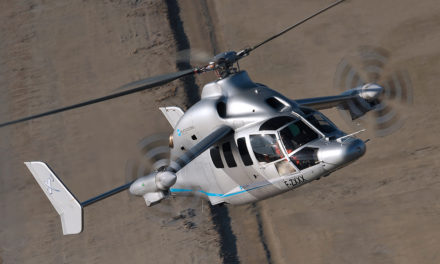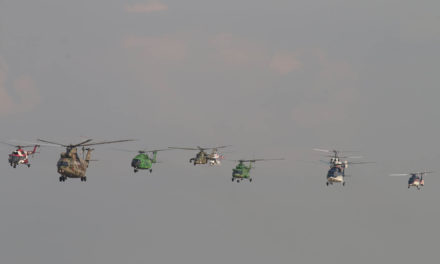Founded in 2009 by Didier Gaudon and restructured last year following an injection of capital by Arnaud Devriendt, Paris Hélicoptère has become a major player in flight training at the Toussus-le-Noble airfield, west of Paris. Confronted with intense competition, the company is playing to its strengths to stand out. Let’s take a closer look.
It is a gross understatement to say that, in 2017, it’s difficult for CEOs of aeronautics companies—particularly in the rotorcraft sector—to keep afloat, or rather aloft. Competition and changing economic and regulatory conditions make it one of the most difficult sectors to survive in, particularly in the training segment. While Paris Hélicoptère’s fleet is an important tool, the experience of its instructors is its most crucial asset for building a long-lasting flight school that can withstand the competition.
Robinson: a clear choice
Experience is not something Didier Gaudon is short on. At the Toussus-le-Noble airfield, Gaudon is the pilot with the greatest number of flight hours under his belt—more than 13,000! His life as a pilot began with French Army Lightweight Aviation (ALAT), where he served for seven years. He went on to gain civil experience working as a pilot instructor and Head of Public Transportation and Aerial Work Operations at Fenwick Helicopter before founding his own company, GA-MA Hélicoptères. The sale of this company to iXCore and its incorporation into iXAir in 2003 left him free to invest himself in a new adventure six years later—Paris Hélicoptère. Gaudon decided to focus the business exclusively on helicopter training, his true calling. “From the outset, the idea was to make training—for amateur and professional pilots—our core business,” explained Gaudon. He went on to add that, “To pursue that course, we had to be certified as an Approved Training Organisation (ATO) by the European Aviation Safety Agency (EASA) and by the French civil aviation authority, the DGAC.” The company conducts its training flights on three types of helicopters: the Robinson R22 and R44 and the AS350 Squirrel. The composition of this balanced fleet—particularly the inclusion of the Robinson aircraft—is intimately linked to economic constraints in the sector, including customers’ price expectations. While one might expect to see French models, like the Guimbal Cabri, particularly in the training segment, Didier Gaudon justifies his carefully-made choice with financial arguments: “I am particularly familiar with the Cabril since I was one of the first pilots certified on it; I racked up more than 200 flight hours on that helicopter. It’s an excellent machine. However, it comes with a few serious drawbacks: a high acquisition price and an underdeveloped maintenance network too far from the Paris area. These two facts make for a higher cost per flight hour, which is incompatible with our economic model, particularly in this extremely competitive market.”
Building customer loyalty
Controlling costs does not, however, mean the company offers low-cost prices. In fact, studies conducted on the five companies present at the airfield have shown that their prices—particularly in the training segment—are nearly identical. So it all comes down to experience and the quality of the fleet of helicopters. While competition is fierce, the Paris area is full of future amateur rotorcraft pilots. As Gaudon explains, “The company has always enjoyed a very positive brand image, which means we can count on a fairly large pool of new students. Helicopter pilot training has always had a fair amount of success in the Paris area because of the city’s economic importance. 90% of our private training clients are between the ages of 40 and 60, professionals working as corporate executives, doctors, lawyers and business owners. Our clientele is looking to have a bit of fun, and is often turning a dream that dates back several years into a reality. It’s rarely a whim.”
The company’s good operating results are no reason for it to rest on its laurels, particularly when it comes to keeping a close eye on ever-changing legislation. Though regulations are often disparaged for being too strict, particularly in France, Gaudon explained that, “Administrative requirements are slightly more demanding than a few years ago, but they clearly lay out a framework for operators; they are relevant for our profession as flight instructors. In fact, regulations are not an obstacle to my business today. That said, we have to remain attentive on a daily basis, particularly in terms of flight safety, which is a focus of awareness-raising efforts at Paris Hélicoptère.”
Professional training
In addition to its role as a flight school, which accounts for 95% of business, Paris Hélicoptère offers a wide range of aerial work services such as road surveillance, photography and parachute drops, as well as initiation flights that showcase the company’s main activity as a flight school. Didier Gaudon does not plan to further diversify his business, for both financial and administrative reasons: “We aren’t expanding into other segments, such as hoisting, because regulations are about to become stricter in that area, introducing new requirements that we don’t want to deal with.” In addition to training for pilots who are just learning to fly, Paris Hélicoptère also offers more specialized professional training courses, such as night flight and tight-space landing certifications, mountain flying and type certifications on the different helicopters in the fleet. Underpinned by its extensive experience in the training segment, the company was accredited early this year to dispense training for people looking to change careers by taking advantage of government-subsidized funding available through their Professional Training Accounts (CPF). “We currently have several people in training,” said Didier Gaudon, before adding, “This training is designed for anyone who wants to change professions. They can use their training leave from their company to qualify as a professional pilot.” Though the opportunity is incredible, the training is subject to prerequisites, including obtaining an amateur pilot’s license. “To benefit from the subsidies, it’s best to have an amateur license in hand and prepare for the written professional pilot exam. That makes applications more likely to meet with a favorable answer,” warns Gaudon.
With the boost from this new accreditation, Paris Hélicoptère has a positive outlook for 2017, with signs business could grow even more. The operator, which currently employs three flight instructors and one specialized in theoretical classes, may add to its fleet. “Since moving into our new space, we have grown the fleet from four to six helicopters—in less than a year. Over the course of this year, we plan to bring a new Robinson R44 on board to keep up with the increase in business.”
By Frédéric Vergnères

